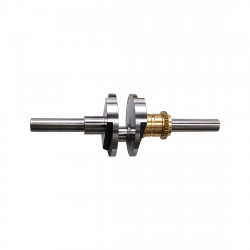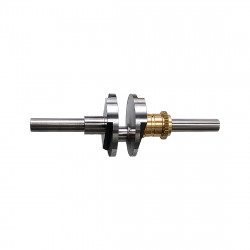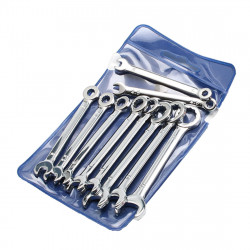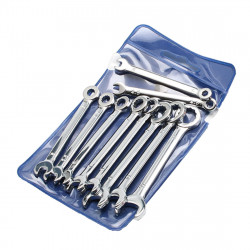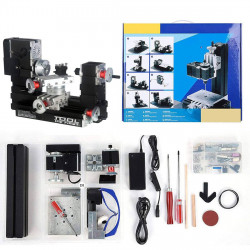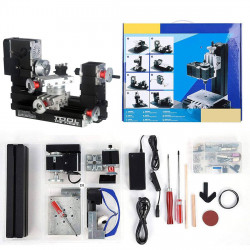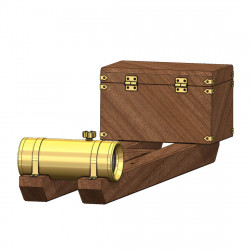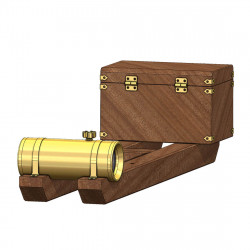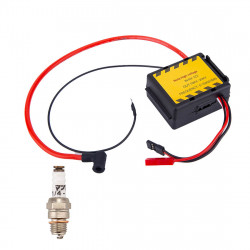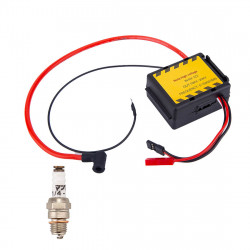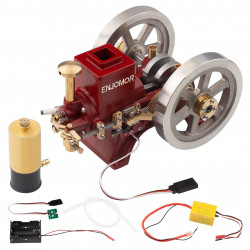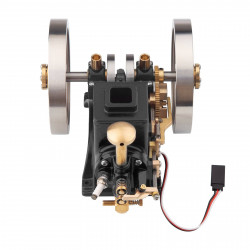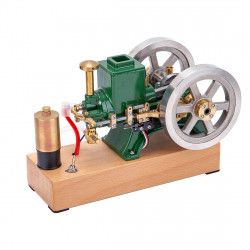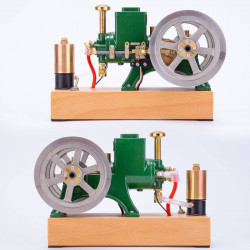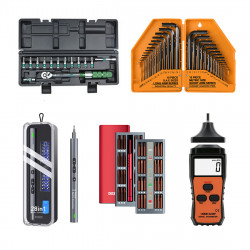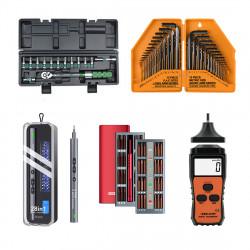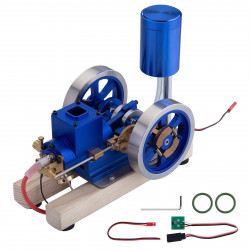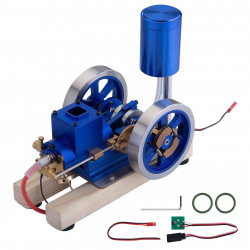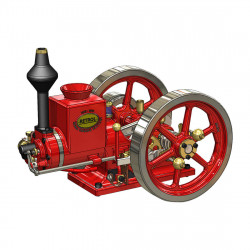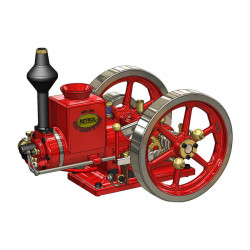The Hit and Miss Engine: Combining Tradition and Innovation
RETRO ENGINE HM-01 7cc Engine 4-stroke Horizontal Hit and Miss Internal Combustion Engine Model
There is a vast range of designs and technology in the field of internal combustion engines. Even though the efficiency and power of modern engines dominate the market, it's vital to remember the pioneers who set the groundwork for these developments. One such engine that has withstood the test of time is the hit-and-miss engine, a timeless design. This blog article will examine the hit-and-miss engine's background, operation, and applicability in the modern era.
A Historical Perspective:
The hit-and-miss engine, also known as a flywheel engine, was first introduced in the late 1800s. It gained popularity in the early 1900s. It was frequently employed for many tasks, including grinding grain, pumping water, and producing electricity. The engine was very helpful in rural areas where electricity was hard to get because it was reliable and simple.
How it Works:
The hit-and-miss engine functions according to a distinct theory. The hit-and-miss engine uses an intermittent combustion mechanism, unlike current engines that depend on a continuous combustion process. A flywheel is a feature of the engine that stores energy during power strokes and releases it during idle strokes. A governor manages the engine's speed and ignition timing to run steadily at a constant pace, even with different loads.
Essential Components and Mechanisms:
Let's examine the hit and miss engine's leading parts and workings to comprehend it better:
- Cylinder and Piston: The piston, which generates power and idle strokes by moving up and down, is housed in the cylinder. The engine's camshaft controls the intake and exhaust valves.
- Ignition System: Usually, a simple ignition system consisting of a magneto or a spark coil ignites the spark plug in a hit-and-miss engine.
- Governor: By altering the ignition timing, the governor controls the engine's speed. Depending on the load, it regulates the fuel supply and ignition spark to maintain a steady speed.
Advantages and Limitations:
The hit-and-miss engine was widely used in the past due to a number of its advantages:
- Simplicity and Durability: The engine is simple to use and maintain because of its simple design. It is robust and resilient to difficult circumstances.
- Fuel Efficiency: The engine is economical for its period because of the intermittent combustion technique, which allows it to attain good fuel efficiency.
However, the hit-and-miss engine also has limitations that restrict its use:
- Limited Speed Range: Because of how it is built, the hit and miss engine performs best in a particular speed range, limiting its ability to adjust quickly to changing loads.
- Emission Concerns: Because it is an older technology, the hit-and-miss engine can emit more pollutants than current engines, and modern pollution control mechanisms are needed.
Modern Applications and Preservation:
Newer technologies have replaced the hit-and-miss engine. However, collectors, fans, and museums still have a special place in their hearts for it. Exhibitions frequently display these engines, showcasing their mechanical creativity and historical relevance. Furthermore, some people still use hit-and-miss engines for specific purposes, including as a hobby or to power old machinery.
The hit-and-miss engine is a significant development in the history of internal combustion engines. It is a cherished engineering marvel due to its straightforward but efficient design and historical significance. Even if the efficiency and performance of modern engines have surpassed that of the hit-and-miss engine, its heritage is still honored. It is a reminder of the creativity and resourcefulness that made the fantastic engines of today possible.
